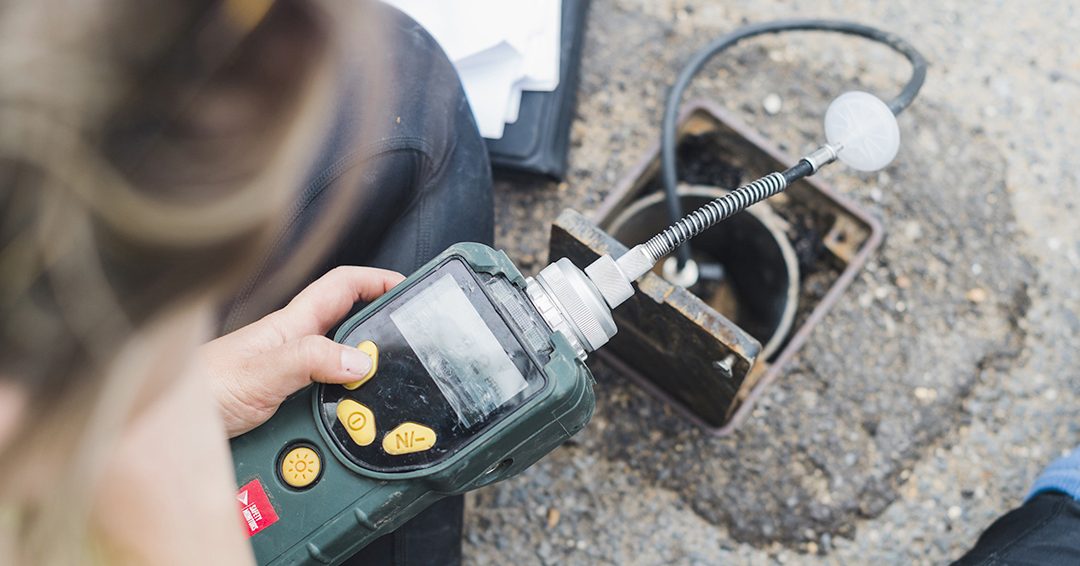The G&W Guide to Ground-gas Risk Assessments
Geoenvironmental • Industry matters • Regulation
We might be blowing our own trumpet, but Ground & Water prides itself on the quality of its Ground-gas Risk Assessments and we regularly save our clients money…
In this case study it was around £70,000! Forensic investigation obviates gas measures
If you take nothing else away from this guide, please remember this.
CREATING A CONCEPTUAL SITE MODEL (CSM) IS THE VITAL ELEMENT OF A GROUND-GAS RISK ASSESSMENT AND THE DESK STUDY MUST ASSESS BOTH PATHWAY AND RECEPTOR.
Too often we come across lazy risk assessments conducted by others.
“Yes there is a potential source, therefore we must test for it” Errr… NO!
Examples to justify the above we have seen are:
- “A pond was present 50 metres away which was infilled in 1920s. Lateral gas migration could occur.” This is not likely to happen.
- “Earthworks for the roads in the adjacent housing site could cause lateral gas migration.” This is not likely to happen.
- “Gas can migrate from Alluvium to the adjacent site.” This is totally incorrect.
- “Driven piles will increase the Characteristic Situation.” This incorrect for most sites.
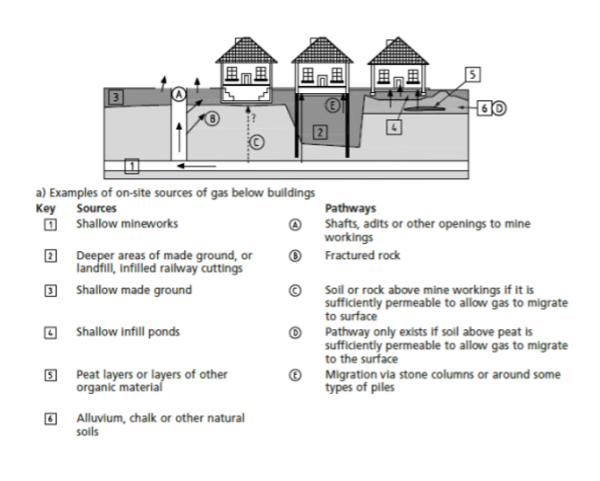
Ground & Water uses the Multiple Lines of Evidence Approach for Ground-gas.
As explained in CIRIA C795:
- Each line of evidence is independently assessed on its own merits
- The degree of agreement and disagreement between relevant lines of evidence is established
- If possible, differences in outcome are explained
- The lines of evidence are weighted – quantitatively or qualitatively
- A conclusion is drawn from all the relevant lines of evidence and a level of confidence or certainty is assigned.
As part of this it is important to get the number of data points and period of monitoring right:
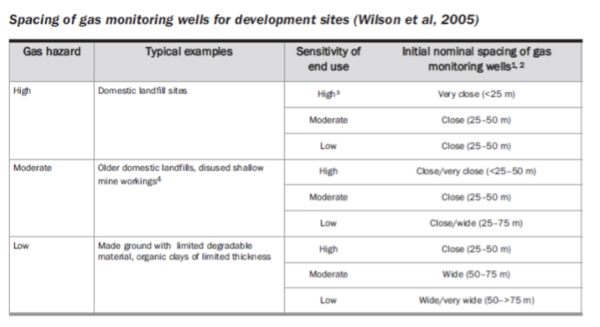
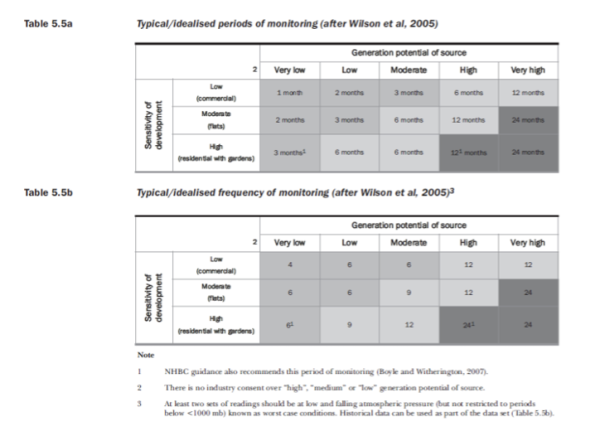
A further consideration in this is getting the well installation correct:
- The wrong installation could mean voiding all results
- The analysis of gassing regimes from flooded wells is a common error.
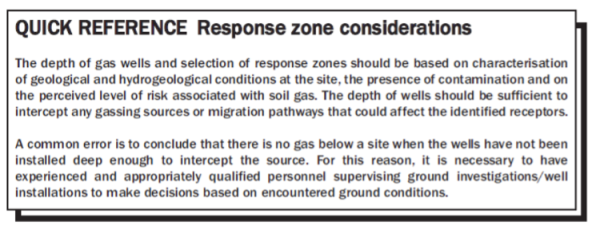
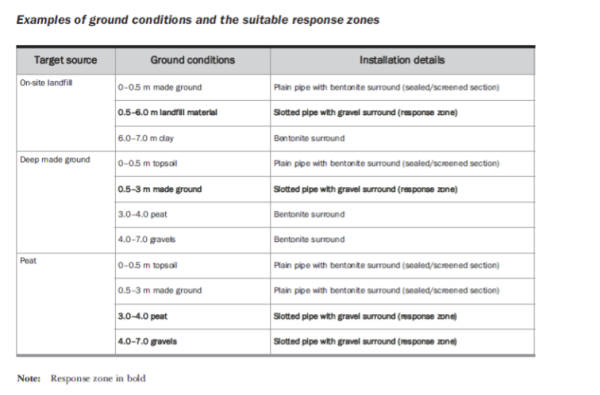
Its never quite as simple as 1.0m of plain and the rest slotted.
Our Do’s and Don’ts
The top five errors still being seen in Ground-gas Risk Assessments:
- Calculated GSV from maximum concentration and flow rate regardless of the CSM and response zone.
- No data quality assessment – I.e. Using high flow rates and concentrations from flooded wells.
- Increasing from CS1 – CS2 on the basis of elevated levels of CH4 and CO2 when there is no credible source.
- Not taking into account foundation construction and effect on gas risk.
- Response zones that span strata.
Developers: Watch out for the above. Ground & Water has moved away from a pre-occupation with gas concentrations towards a more risk-based approach, based on likely flows from the ground and a thorough understanding of the ground model – Source, Pathway and Receptor.
This approach will save you time and money, by cutting out assumptions, unnecessary testing, poor data quality and potentially expensive gas protection measures you do not need.
